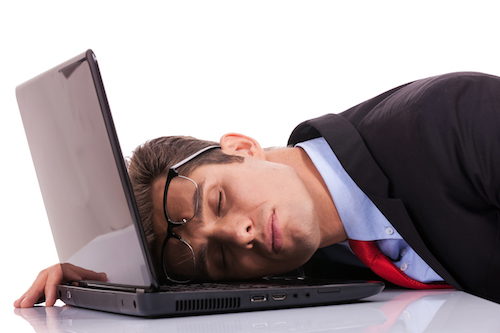It’s no great secret that, sometimes, WordPress sites slow down a bit, become sluggish or take what feels like an eternity to load pages. And of course, there can be a great number of reasons why it’s acting lethargic: it could be that your site is under a “denial of service” attack from a hacker; perhaps the shared hosting service you’ve chosen is stuffing too much onto their servers; or maybe the WordPress theme you picked is, while beautiful, a bit complex due to the amazing number of features is comes with, creating a framework that is prone to slowness. Thankfully, sometimes all it takes to speed up your site is something simple and easy to execute, like learning to deal with your images in a new way.

To begin, it’s important to realize that images take the most time to load on your website compared to everything else. And when you add more and more pics to articles, sidebars, headers and so on, you’re making the problem of slow page load time exponentially worse. You can optimize the images for your site using a plugin or online service, or you can take a more direct route: BJ Lazy Load, a free plugin for WordPress Maintain..
It works like this. Instead on loading all your images at once when a visitor lands on your page, it only downloads images that will be actually visible on the user’s screen. And at the same time, it replaces images that they can’t see yet with a placeholder picture. Therefore, as your visitor scrolls down through your page, images load as they become visible in the browser’s viewing area. And because the plugin works with iframes, you can also use it to optimize embedded videos on your site from YouTube, Vimeo etc.
To get up and working with lazy load, first install and activate the BJ Lazy Load plugin, then configure the settings once enabled. Now you apply Lazy Load to whichever areas of content you wish, from photographs and infographics to text widgets, thumbnail images and more. You can even choose your own custom image to serve as the placeholder, and the plugin gives you the option a low resolution version of an image if you choose not to utilize a placeholder.
Once you’ve set up Lazy Load, visit your site and ensure all is working correctly: you should see a verifiable difference in the speed at which your page loads. And if for some reason you aren’t happy with BJ Lazy Load, there are some other very similar plugin options available, such as jQuery Image Lazy Load WP, Image Lazy Load, Rocket Lazy Load and Unveil Lazy Load. Each come with different features and abilities, so be sure to do a little research before you invest your time and effort in one particular plugin.


